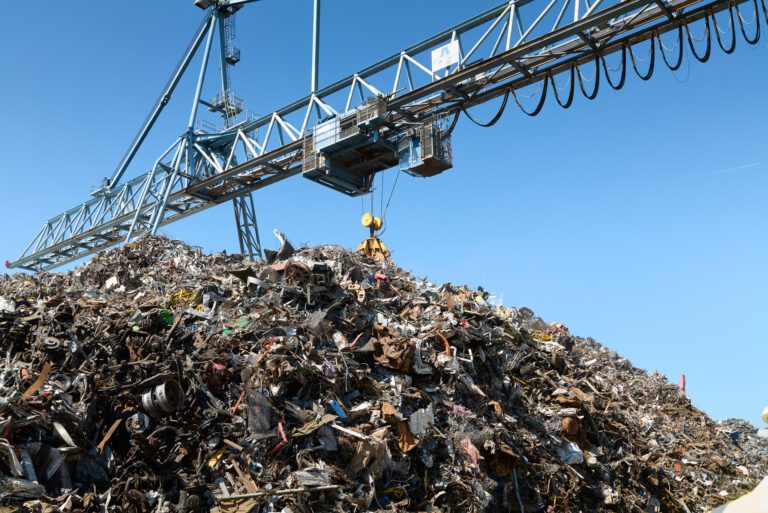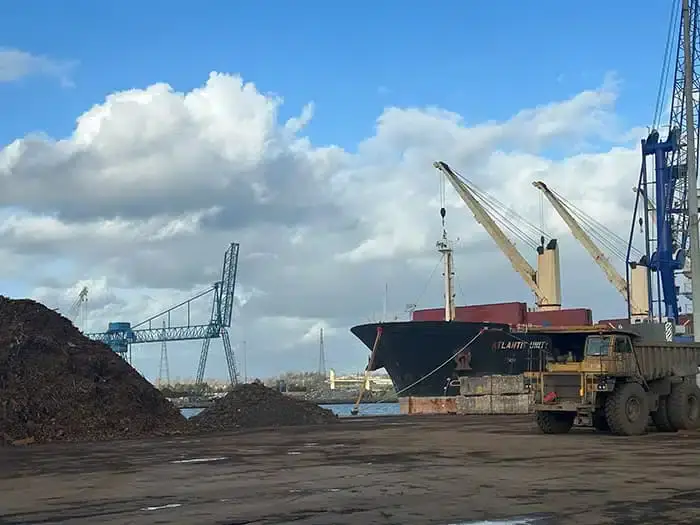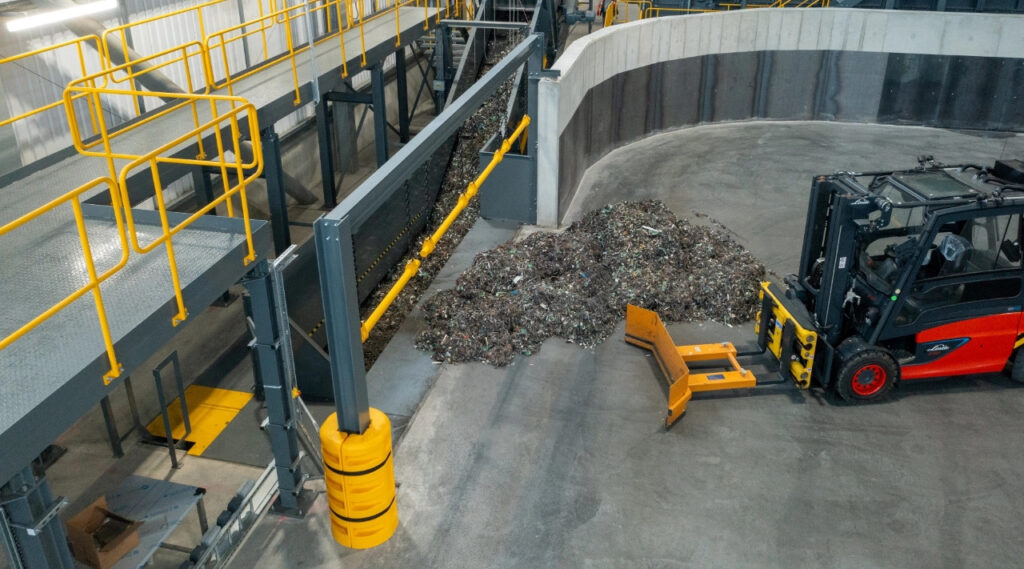The Environment Agency has commented that implementation of the regime, which came into force in April 2000, is “gathering pace” with more and more councils publishing inspection strategies. The pace will now increase further as new guidance has just been published by the Agency to help councils implement the contaminated land legislation which comes in part 2A of the Environmental Protection Act 1990. About 50% of local authorities have now published their proposals for implementing the legislation.
The new guide, which has been funded by the Department of the Environment, Food and Rural Affairs, is a result of a collaboration between the Environment Agency, Local Government Association (LGA), Chartered Institute of Environmental Health (CIEH) and DEFRA.
Environment Agency Chief Executive Barabara Young said: “The Environment Agency welcomes the publication of the Guide which will greatly assist local authorities in successfully implementing their inspection strategies. We are looking forward to working closely with our local authority colleagues”.
Complicated
Howard Price, assistant secretary of CIEH added: “Part IIA is a complicated piece of legislation; the CIEH is delighted to have been able to work with all the other key players in its operation to shed a bit more light on it and, in particular, to help our members in local authorities apply it consistently and avoid some of the pitfalls.”
Phil Crowcroft, land policy manager for the Environment Agency, said that businesses can work out in principle whether they are going to be caught by the Act. Key determinants are that if contaminants in the land can harm human health, can pollute controlled waters, and can pollute other receptors such as crops and buildings. Tests of harm or pollution are well defined and related to whether injury such as cancer can be caused.
Councils can require action if they can demonstrated that the site is a hazard, such as if it is being used for housing, and the Agency is developing a computer model to help assess this. But, if there is existing contamination on a metal recycling site, it is not automatically considered to be hazardous under the legislation as long as the contamination is not spreading to cause harm elsewhere.
Continued on page 2








Subscribe for free